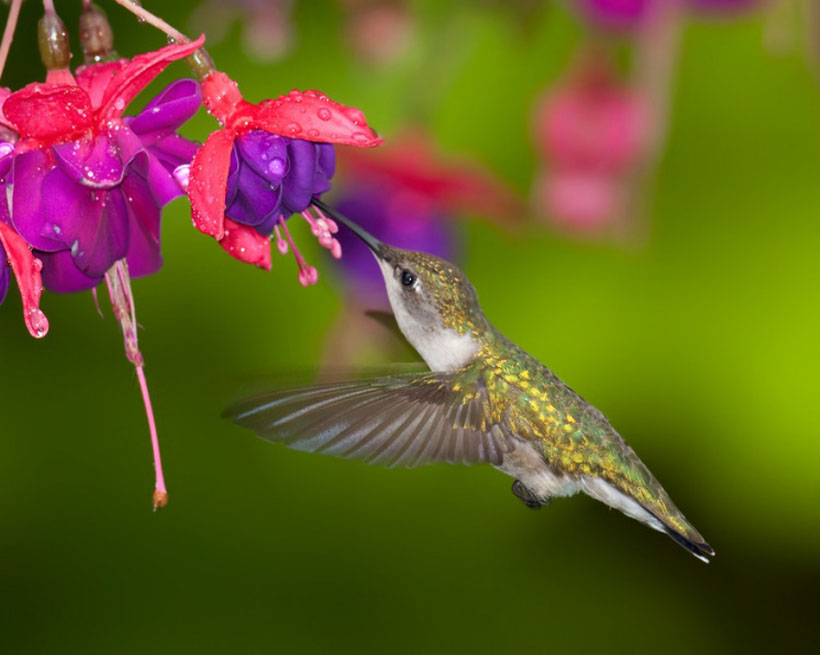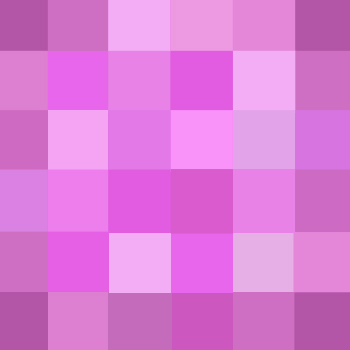Origin

The color magenta traces back to the color fuchsine or fuchsia. The color fuchsia, which is made from coal tar, was discovered in 1860. Its name was inspired by the Fuchsia flower and it would soon be renamed to magenta.

The color magenta traces back to the color fuchsine or fuchsia. The color fuchsia, which is made from coal tar, was discovered in 1860. Its name was inspired by the Fuchsia flower and it would soon be renamed to magenta.
Magenta is the name of a town in northwestern Italy. Historians speculate the town was named after Marcus Maxentious, a Roman emperor during the 4th century. In 1859, during the Second Italian War of Independence, French and Italian forces defeated the Austrians at the Battle of Magenta. According to Phillip Ball, author of Bright Earth, Art and the Invention of Colour, the color was renamed to celebrate the victory of the French army in the city of Magenta.

There are many variations of magenta. However, there are three major historial variations, including the original magenta dye (1860), process magenta (1890s), and web colors magenta and fuchsia (1990s).
This is the original variation of magenta, which was invented in 1859 from coal tar dyes. It's called original magenta, magenta dye, and also rich magenta. It was one of the first aniline dyes.
Codes for Magenta Dye:
HEX: #CA1F7B
RGB: (202,31,123)
CMYK: (0, 100, 44, 0)
This variation of magenta is one of the three primary pigment colors, along with yellow and cyan, that constitute the three subtractive primary colors of pigment, also known as CMYK. It was invented in the 1890s for printed publications, particularly for newspaper comic strips.
Codes for Process Magenta:
HEX: #FF0090
RGB: (255, 0, 144)
CMYK: (0, 100, 44, 0)
This variation is one of the three secondary colors in RGB. It's a mixture of red and blue light at equal intensity. It's used to create color on screens, such as those on computers and televisions. In this instance, magenta and fuchsia are exactly the same color.
Codes for Web Magenta and Fuchsia:
HEX: #FF00FF
RGB: (255, 0, 255)
CMYK: (3, 100, 0, 0)
Magenta is considered the color of universal harmony and emotional balance. The color is presentative of the passion, power, and energy of red while being contained by the introspection and quiet energy of violet.
Positive Traits: Universal harmony and love, emotional balance, spiritual, compassionate, encourages common sense, supportive and kind, imaginative, creative, artistic, non-conformist.
Negative Traits: Impulsive, domineering, impatient, intolerant, too relaxing.